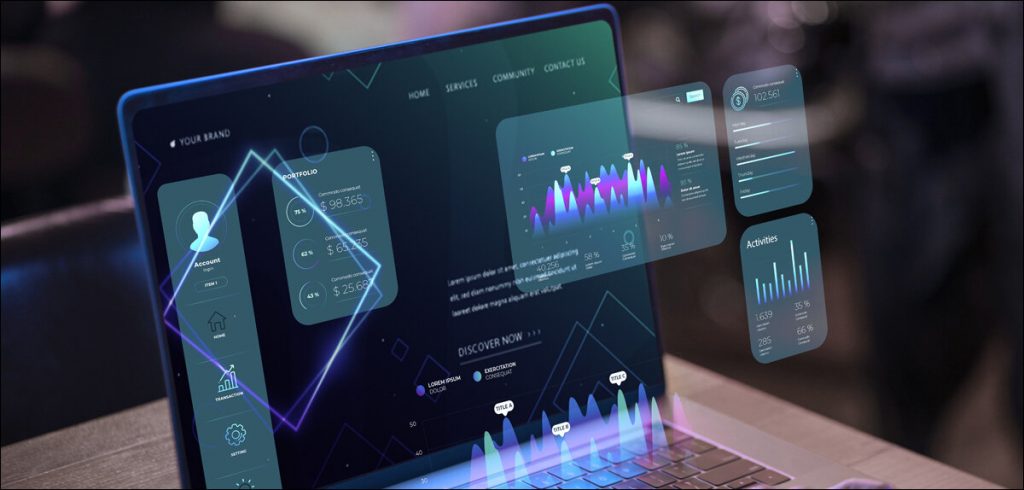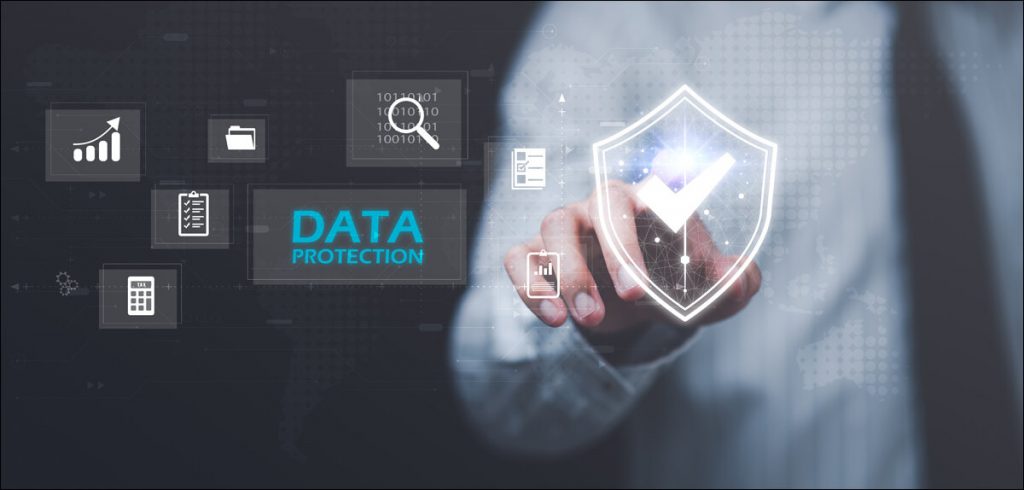Author: Deborah Jasmine Gabriel
Deborah Jasmine Gabriel is a technical writer and content strategist with over 12 years of experience in global scientific and academic publishing, consulting and professional services firms, and the cybersecurity industry. Her expertise lies in translating complex technical concepts into engaging and accessible content for diverse audiences. Driven by curiosity and a passion for staying ahead of the curve, she creates compelling content across formats like technical manuals, white papers, thought-leadership articles, and social media and blog posts. Deborah brings a unique blend of technical expertise and exceptional writing skills to every project she undertakes. With her versatility, attention to detail, and commitment to continuous learning, she is a trusted partner for organizations seeking to communicate their technological innovations effectively and with impact.
Learn how to safeguard yourself and your organization from phishing attacks. Phishing scams are a rather widespread disease in the digital environment; the goal is to deceive users to surrender their personal data. Though cyber criminals mainly use e-mail, they also use SMS (smishing) or voice phone calls (vishing) and target through social sites. These attacks do not just affect the person and their safety but are very dangerous to organizations and their information. Image Credit: rawpixel.com on Freepik What is Phishing? Phishing is one of the common cyber attack techniques, it is basically a trick wherein people are conned…
Data is the fuel that drives modern organizations in the digital age. Discover strategies to harness the power of your data while ensuring quality, security, and compliance. In the digital age, information is the main asset of any company and organization. Whether it is customer details or accounting records, KPIs or patents, data is at the heart of value proposition, innovation, and business outcomes. However, the management of data has become a herculean task. So the next question is obviously in what ways can organizations leverage data while managing risks and addressing compliance issues? The answer lies in the ability…
Struggling to unleash the power of your enterprise data? Discover how data fabrics can revolutionize your organization’s data management approach. In the data-driven world we live in, organizations are drowning in data. From customer interactions to supply chain logistics, marketing campaigns to financial records – data is being generated at an unprecedented rate. But simply having data isn’t enough. The real challenge? Harnessing the immense value locked within those vast data stores. Enter data fabrics. A revolutionary approach to data management that promises to transform the way enterprises leverage their information assets. But what exactly is a data fabric? And…
Fortifying your cybersecurity defenses demands more than technology; it requires empowering your greatest asset, your people. Discover why security awareness training is a critical investment for every organization. In cybersecurity, technological solutions alone are insufficient to fortify an organization’s defenses. The human element remains a crucial factor – one that can either strengthen or compromise even the most robust security measures. Why? Because people, with their inherent curiosities, biases, and susceptibilities, represent a potential gateway for cyber threats. Image Credit: laboratorio linux on Flickr A Single Lapse Can Cause Catastrophe Consider this. An organization spends a lot on security equipment,…
Want to stay safe online? We’ve got ten easy tips to keep the bad guys out of your stuff. Learn how to make strong passwords, avoid sneaky scams, and keep your info safe when you’re on the internet. It’s easier than you think! The digital world has become part of who we are and what we do daily. People use the internet in their daily life from social networking to banking to several other everyday services. However, such convenience has its drawbacks. Hackers are constantly searching for loopholes and weaknesses that they can capitalize and steal confidential data. And that…
Effective data protection hinges on data classification and risk assessment. This article explores how classifying data based on sensitivity enables targeted security measures and efficient resource allocation. A cornerstone of modern information management is the protection of data, which fundamentally relies on two processes: data classification and risk analysis. Data classification enables organizations to group data systematically in categories and select and rank it as per the mandatory measures of sensitivity and utility. Normally, data is labeled as public, internal, confidential, and highly confidential depending on the level of security involved. This is an effective way of identifying data that…
It is important to note that data protection is an iterative process, and organizations need to revisit their strategies and policies periodically. Over the last decade, work from home or remote working has been a growing trend in many organizations, and the recent global crisis has contributed to the expansion of this practice as well. Remote working implies teams being based in different locations and, as such, make it crucial for companies to protect their information. For any technical professional, it is critical to understand the risks that may be associated with such a working environment to effectively secure a…
No organization is immune to incidents and disasters. This article emphasizes the criticality of incident response and disaster recovery planning. Organizations rely heavily on their IT systems, operate smoothly and efficiently. However, no matter how robust and secure your systems are, incidents and disasters can still occur. That’s why having a well-defined incident response and disaster recovery plan is crucial for every organization. In this article, we will explore the importance of incident response and disaster recovery and discuss how businesses can effectively prepare for the worst-case scenario. Image Credit: Spiceworks Understanding Incident Response Incident response refers to the coordinated…
Data protection and compliance with regulations are paramount for organizations handling sensitive information. However, navigating the complex and diverse regulatory frameworks can be a daunting task. The protection of data is of utmost importance for any organization. With an increasing number of cyber threats and data breaches, organizations must navigate complex regulatory landscapes to ensure compliance and protect sensitive information. This blog post will delve into the importance of data protection and compliance, discussing the challenges organizations face and offering insights on how to navigate these intricate regulatory landscapes. Image Credit: Blogtrepreneur on Flickr Understanding Data Protection Data protection refers…
Data protection is crucial for businesses handling sensitive information, yet many organizations unknowingly make common mistakes that leave them vulnerable to cyber threats. Data protection is challenging since data, which nowadays is the most valuable asset, remains perennially exposed, which might result in information compromise. Data security becomes a top priority of companies that operate with sensitive information. These entities must stay one step ahead of data and information security and ensure that no information leak or data breach takes place. On the other hand, too many of them have complexities in terms of data protection that lead to their…













